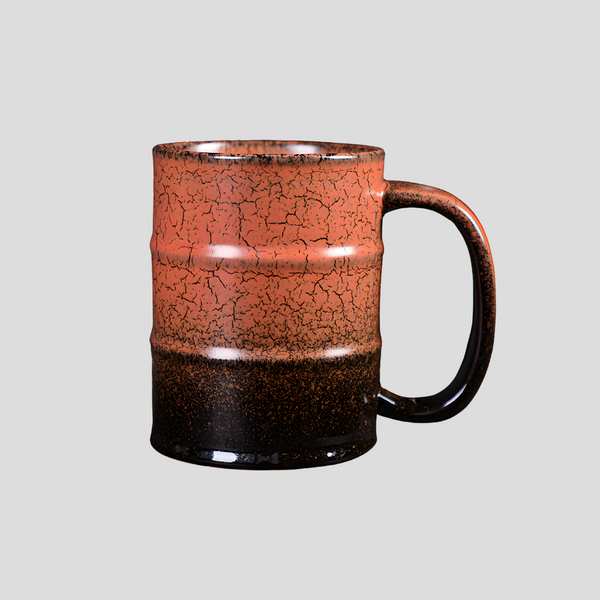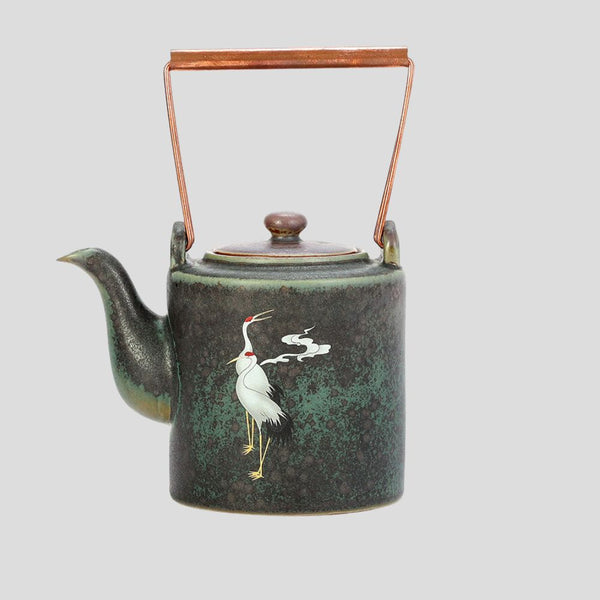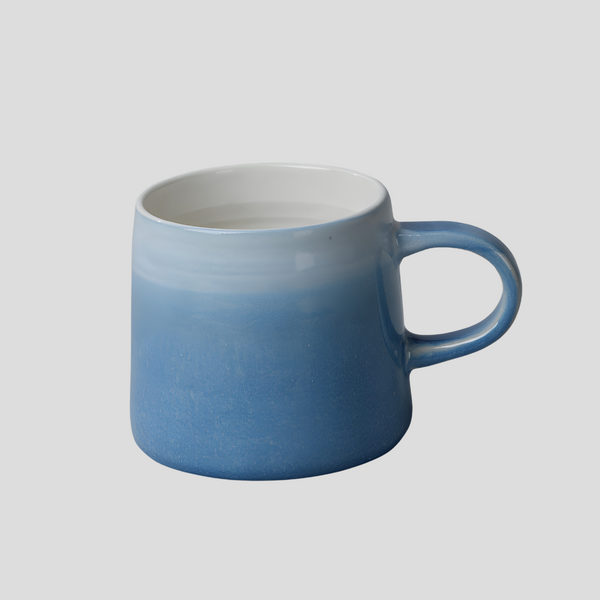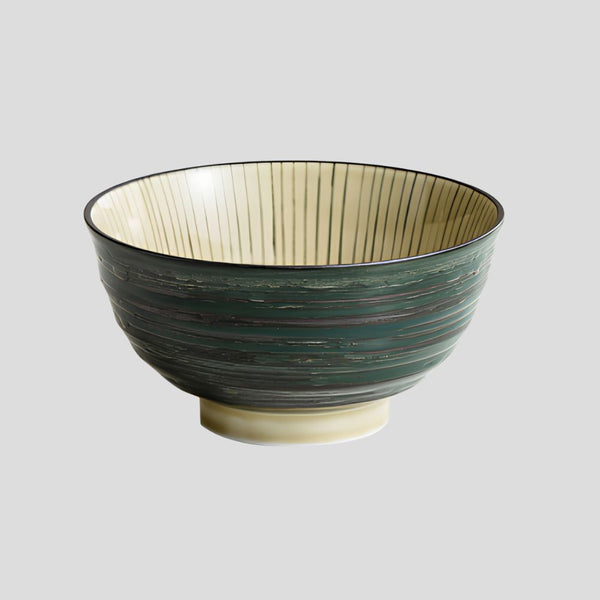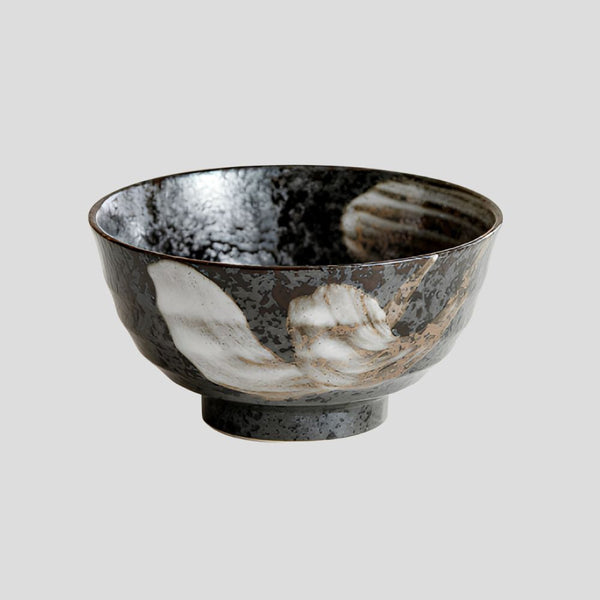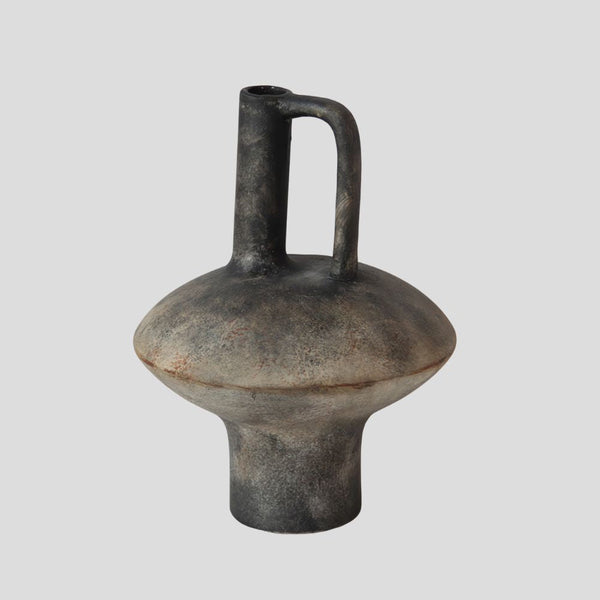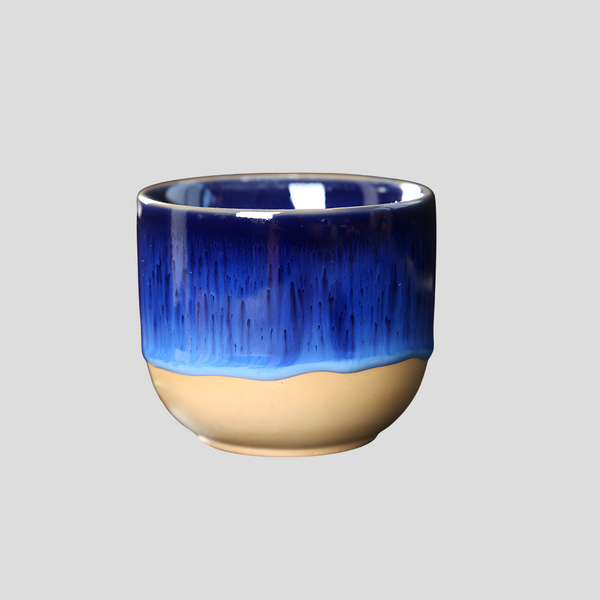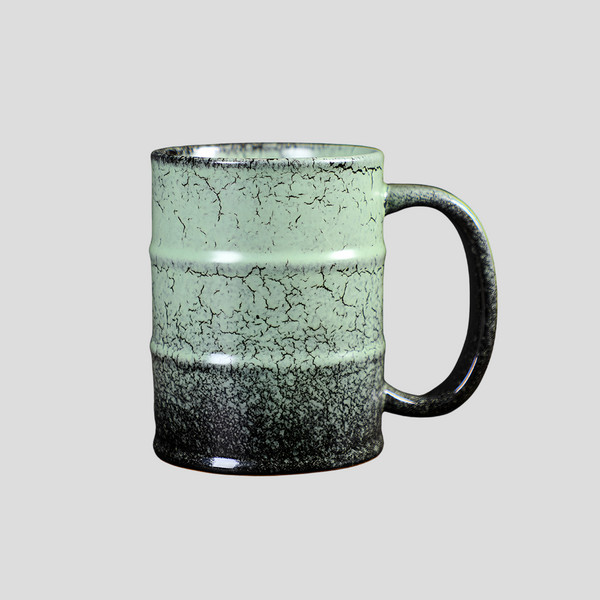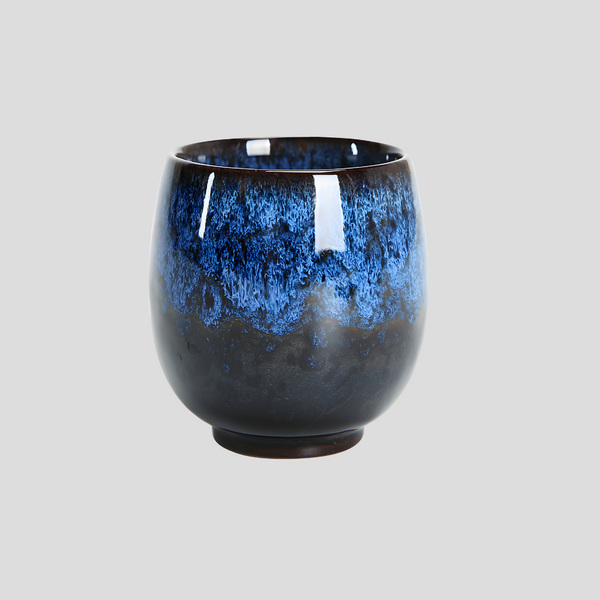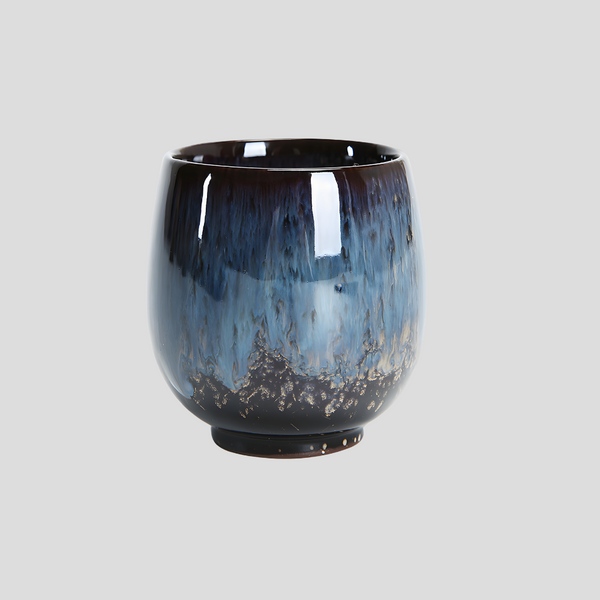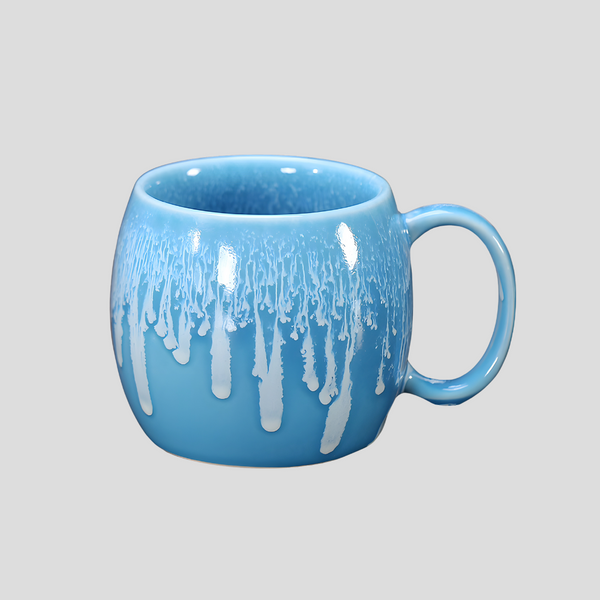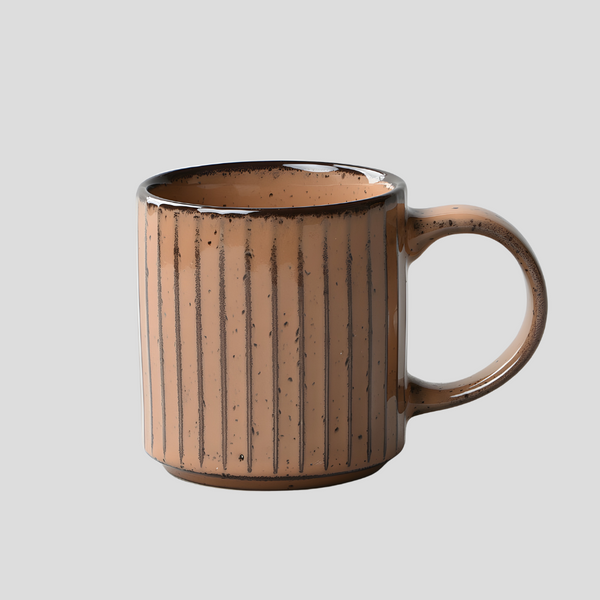
Your Ultimate Guide to Porcelain
Porcelain, often termed as the white gold, is a highly refined and sought-after ceramic material, notable for its beauty, strength, and durability. Originating in China over a thousand years ago, porcelain has played a significant role in the cultural exchange between the East and the West through the Silk Route. This guide will explore the essence of porcelain, its types, uses, care tips, and modern applications, providing you with a comprehensive understanding of this exquisite material. At its core, porcelain is made from kaolin, a fine white clay, mixed with feldspar and quartz, then fired at extremely high temperatures. This process results in a material that is both translucent and highly durable, with a glass-like finish. Porcelain's unique properties make it stand out from other ceramic materials, notably its resistance to liquid, strength, and thermal stability, allowing it to be used in a wide range of applications, from dinnerware and tiles to intricate art pieces. Porcelain is broadly categorized into three types: hard-paste, soft-paste, and bone china. Porcelain's versatility makes it suitable for various applications: Maintaining porcelain’s beauty over time is straightforward, provided a few simple steps are followed: In recent years, technological advancements have expanded the applications of porcelain, from thin, lightweight tiles for walls and exteriors to intricate 3D-printed designs in art and architecture. Digital printing technologies have also enabled the creation of patterns and textures on porcelain surfaces, allowing for personalized and unique designs in interior decoration. Porcelain continues to be a material cherished for its beauty, versatility, and durability. Whether used in everyday items or as a medium for artistic expression, porcelain holds a unique place in both history and modern culture. Understanding its types, care, and applications allows individuals to appreciate and utilize this white gold to its fullest potential.
Your Ultimate Guide to Porcelain
Understanding Porcelain
Types of Porcelain
Uses of Porcelain
Care and Maintenance
Modern Applications and Trends
Conclusion

